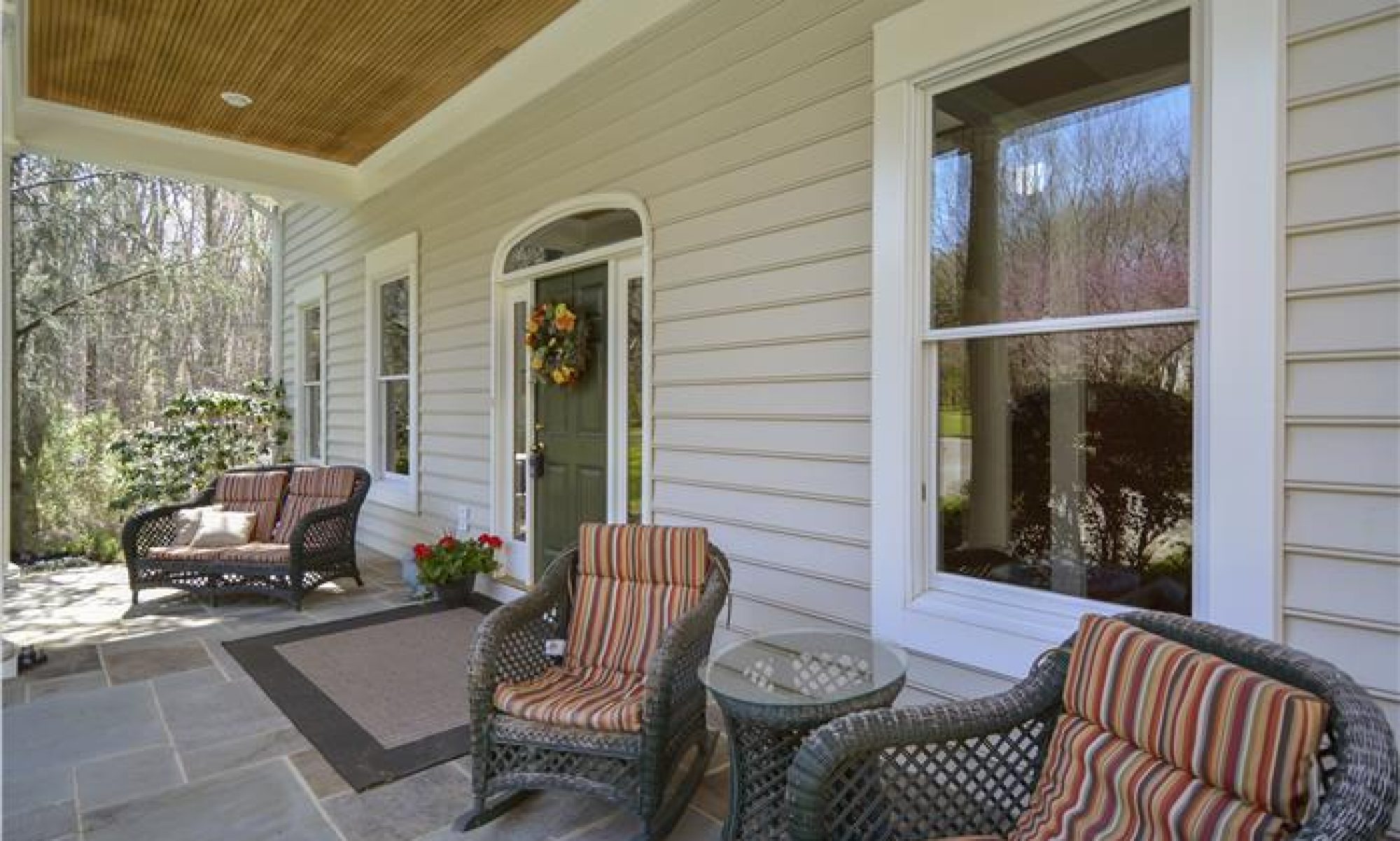You’ve probably heard, now and then, reports of housing surveys giving a status report of the housing and the real estate market. Of course the scientific method is forgotten for a chance at a headline; technical details and summaries are usually condensed to a one sentenced sound-bite. If you’ve ever taken the time to look into the survey results to see the samples and questions, you can see that any one poll is only a snapshot of respondents’ attitudes at the time of the survey.
The results of recent housing surveys conducted by Fannie Mae (fanniemae.com) are telling of the current economic environment. Reported quarterly and monthly, the National Housing Survey (NHS) “offers a window into the opinions of Americans across the country…” about owning and renting a home as well as personal finances and confidence in the economy.
The most recent quarterly NHS results were released August 15th, and quoted Doug Duncan, vice president and chief economist of Fannie Mae, as saying, “… consumer spending, which accounts for about 70 percent of the economy, ground to a halt in the second quarter. Consumers are more hesitant to take on additional financial commitments, and a setback to confidence means a setback to the recovery of the housing market.” Additionally, the quarterly survey indicated increasing consumer pessimism as employment concerns tops the list, economy on wrong track…yada, yada, yada.
Ok, not news to you. But how about trends indicating a further decline of the housing market?
The most recent monthly NHS (released October 10th) reported a “marked deterioration” of consumer home price expectancies. Mr. Duncan was quoted here saying that, “…The lack of a sense of urgency to buy homes, given expectations for further declines in home prices and continued low mortgage rates, coupled with general pessimism regarding their own personal finances and the economy, bodes poorly for the recovery of the housing market.”
The Home Values Survey (HVS) is another telling survey, which is conducted by Homegain (homegain.com); and examines Realtor® and consumer sentiment about the housing market and economy. The most recent Regional HVS was reported September 11th for Q3 indicated: that although a majority of real estate agents surveyed reported their client’s homes depreciated in value, home sellers continued to over-value their homes; home buyers overwhelmingly reported that homes were overpriced; 39% of home buyers surveyed in the Northeast reported that they thought homes were overpriced 10%- to 20%; and an overwhelming majority of real estate agents surveyed in the Northeast (62%) reported they believed that home values would decrease in the next six months.
The outlook is not all doom and gloom. Some surveys report a positive spin as well.
Although a Rasmussen Reports (rasmussenreports.com ) survey reported on September 21st indicated that 48% of adults nationwide felt that buying a home is the best investment for one’s family, a commentary posted on rasmussenreports.com (The Housing Bust Has a Good Side by Froma Harrop; September 22nd) promotes the idea that the housing downturn has brought home owners back to fiscal reality.
Additionally, Gallop (gallop.com) reported in April that of the American adults surveyed, there were just as many who felt that the average home price would decrease (30%) than increase (28%) in the coming year. And, of course- an overwhelming majority of those surveyed (69%) felt it was a good time to buy a home.
by Dan Krell
© 2011
This article is not intended to provide nor should it be relied upon for legal and financial advice. Using this article without permission is a violation of copyright laws.






